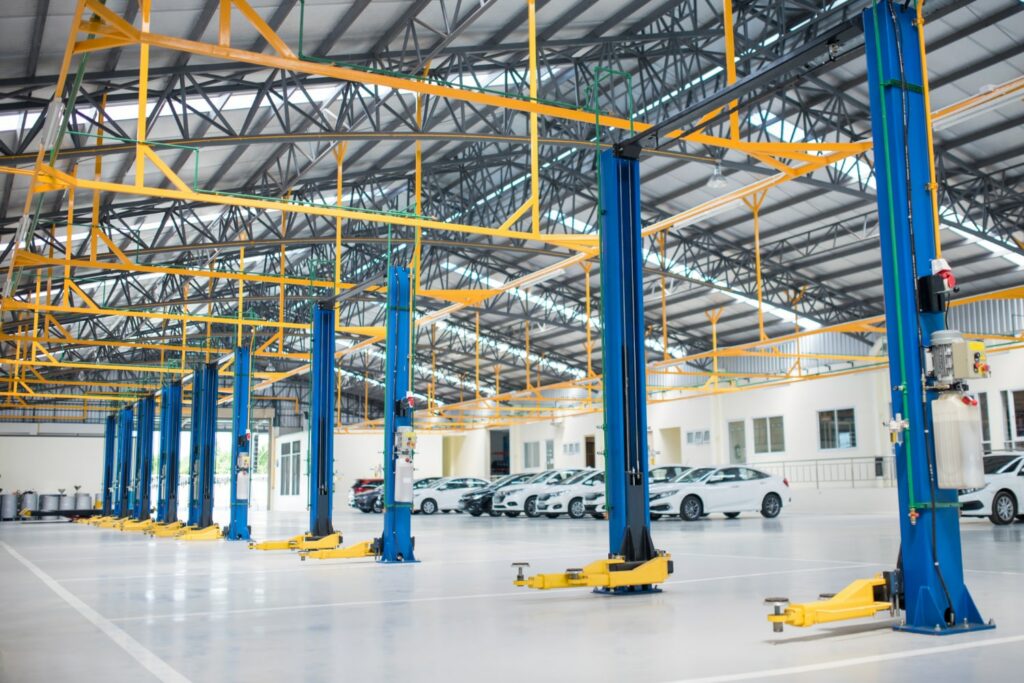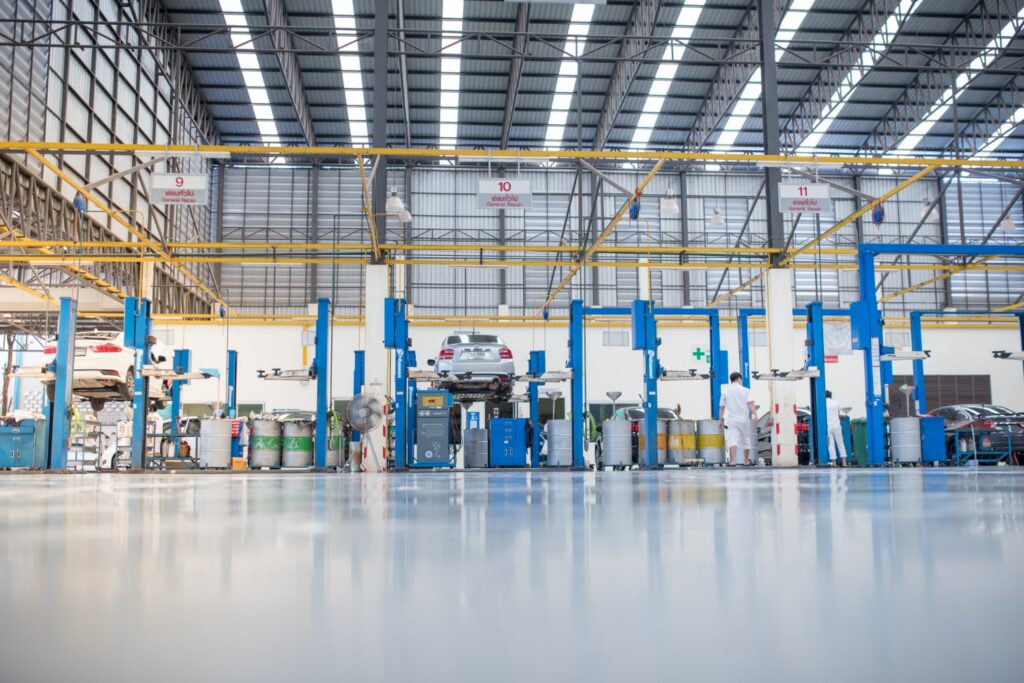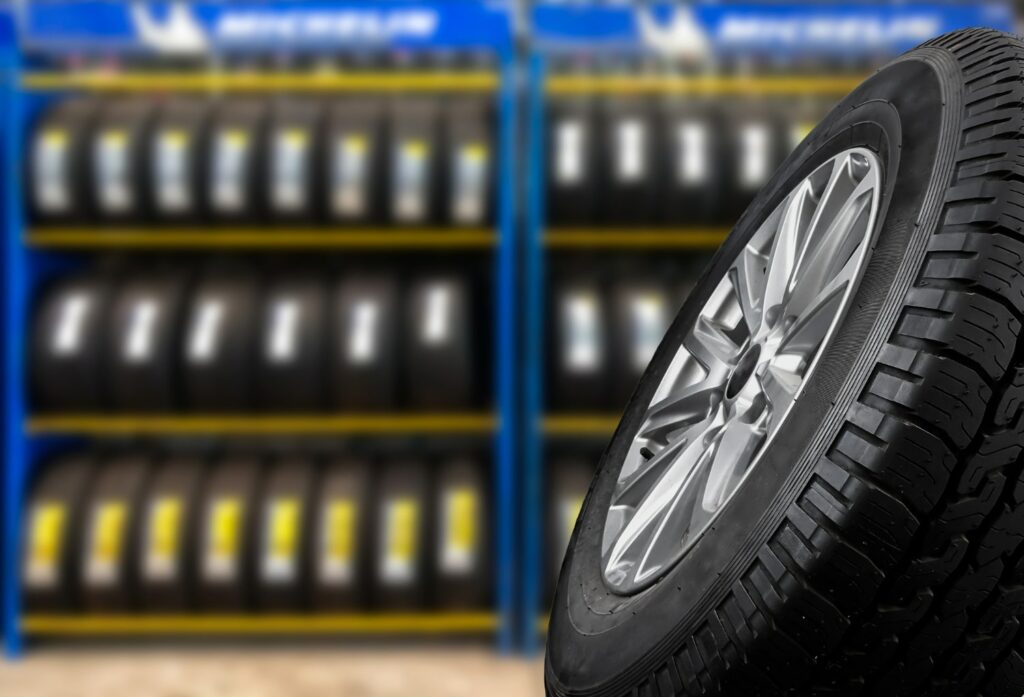The Importance Of Automotive Lift Maintenance5 min read

The Importance Of Automotive Lift Maintenance
Learn how to conduct a walk-around inspection of lifts at your shop.
Note: This article is a guide only; always check lift inspection and safety regulations in your region.
It is important to properly maintain your hoist in order to ensure its safety and prolong its lifespan. In addition to daily inspections, you should also lubricate all moving parts, check for any worn or damaged parts, and keep the electrical system clean and free of corrosion. By following these simple steps, you can keep your automotive hoist in good condition for many years to come!
It’s no secret that a well-maintained automotive hoist can save you time and money. But many people don’t realize that even a small amount of neglect can lead to serious safety hazards. In order to keep your hoist in good condition, it’s important to perform regular inspections and take care of any necessary repairs as soon as possible. By following these simple steps, you can ensure the safety of both yourself and your employees!
How to perform a lift inspection
When inspecting a lift, there are several components you should look for. The first is the electrical system, which should be free of corrosion and damage. Next, you should check the hydraulics and all other moving parts for signs of wear or damage. Finally, you should inspect the safety features of the lift to make sure they are working properly.
Your technician or shop foreman needs to inspect hoists each day before using them. This includes checking all safety devices, operating controls, hoist arms, and all moving parts to ensure everything functions correctly.
Visually inspect the hoist for excessive wear, broken or missing parts, adapters, cables, or other conditions that can affect its performance. It is critical to the technician’s safety that nothing is damaged, missing their rubber pads, excessively worn, or leaking oil.
Listen for any unusual sounds when using the hoist. If it does not look or sound right, stop using the hoist until it is inspected by a professional.
The components that should be inspected during a lift inspection
- All posts are square and plumb
- Inspect each anchor bolt on the hoist and ensure they are tight
- Check all moving parts and cables for signs of wear
- Adjusting arm locks operate properly
- Bolts, pins, and cable connections are correctly mounted and torqued
- Lubricate posts with grease (if needed)
- Lubricate locking latch shafts. Pushing the latch handle/release arm several times to ensure oil penetrates the pivot points
- Check all pivot arm pins ensuring they are secure
- Check cable tension and adjust them (if needed)
- Check and replace lifting pads when required
- Check for hydraulic fluid and air leaks
- Safety locks are in good operating condition
- Check the equalizer cable tension and adjust them as per the owner’s manual
- Ensure the overhead micro-switch is operating correctly (if applicable)
If you’re a shop owner, it’s important to be familiar with the automotive lift inspection and safety regulations in your region. In some areas, lifts must be inspected by a professional every year, while in other areas, the inspections are semi-annually. It’s also important to keep in mind that the regulations may vary depending on the type of lift (two-post, four-post, etc.), so be sure to consult a professional if you’re not sure what applies to your shop.
By following these simple tips, you can ensure that your shop is in compliance with the regulations and that your employees are safe. And if you’re ever in doubt, don’t hesitate to consult a professional!

What to do if you find any problems during a lift inspection
If you find any problems during a lift inspection, it’s important to take corrective action as soon as possible. This may include repairing or replacing damaged or worn parts, cleaning or lubricating the electrical system, or tightening loose bolts. By taking care of these problems promptly, you can keep your hoist in safe working condition and avoid any potential accidents.
Automotive lift repair specialist
Call a qualified hoist professional to repair it and never put a hoist back into use until all damaged parts are replaced.
Hoisting equipment and the technician:
- Train technicians how to correctly operate the hoist
- Document training precautions on how to lift unusual weighted or shaped vehicles. Have technicians acknowledge they understand and keep the signed acknowledgment copy on file
- Ensure technicians are using safety locks
- Check for any control bypass devices that contradict safety systems
The consequences of not performing regular lift inspections
If you don’t perform regular lift inspections, you could risk your service technicians, your customer’s car, and the dealership’s reputation. Without regular inspections, you may not be aware of any problems that could lead to a dangerous situation. Additionally, if you do experience a problem with your hoist, it could take longer to diagnose and fix the issue. This could lead to costly downtime and decreased productivity.
So, what can you do to prevent these problems? Perform regular lift inspections! By inspecting your equipment on a regular basis, you can identify any potential problems before they become hazardous. Not only is this a safety precaution, but it’s also a way to ensure that your hoist is running smoothly and efficiently.
Lift recordkeeping & certification
Keep regular maintenance and inspection logs for each lifting device, plus a record of the operator’s training certificate, and implement lockout procedures if non-compliance issue arises.
Automotive lifts are an important part of any car service shop, and it’s essential to keep them in safe working condition by performing regular lift inspections. This article provides a detailed checklist of what to look for during a lift inspection, as well as what to do if you find any problems. By following these simple guidelines, you can help ensure the safety of your technicians, customers, and dealership.
Depending on your local laws and legislation, hoists and lifts must be certified by a certified professional once a year.
Download a Monthly Lift Inspection PDF sample sheet here. The original PDF link can be found on WorkSafe BC’s webpage.
Enroll in the online Automotive Service Manager Master Course
You want to become a service manager but don’t know where to start.
There are a lot of different courses and programs available, but it’s hard to know which one is the right fit for you.
The Automotive Service Manager Master Course is the perfect place to start. This online course was designed by experts in the automotive industry and provides everything you need to know to become a successful service manager. Plus, our course is affordable and can be completed at your own pace. Enroll today and get started on your new career!






